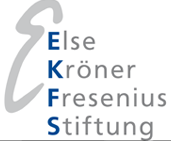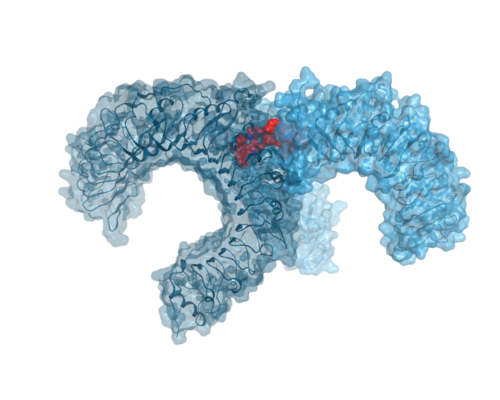Toll-like receptors: modulation of the innate immune response for inflammation regulation and cancer therapy
The degree of TLR dimerization regulates inflammation and immune response. We are developing ligands that can specifically influence the extent of dimerization and thus the immune response.
Toll-like receptors (TLRs) form the first barrier in the innate immune response and therefore represent a highly interesting and therapeutically promising target to modulate immune response and inflammation. TLRs recognize pathogen associated molecular patterns (PAMPs) of invading microorganisms, allowing the host to discriminate between different infections. In addition to PAMPs, molecules released by stress or injury, so-called danger associated molecular patterns (DAMPs), can also be detected by TLRs. Mechanistically, TLRs activate themselves through dimerization and, through subsequent conformational changes, trigger intracellular signaling cascades that start inflammatory processes.
In our work, we successfully identified both small molecule TLR agonists and antagonists using a combination of rational computational design and virtual screening (ChemMedChem, 9:813-822, 2014, ChemMedChem, 15: 1364-1371, 2020, Biochem. Pharmacol., 154: 148-160, 2018). Chemical optimization and subsequent extensive pharmacological characterization of these compounds revealed that only subtle differences in affecting dimerization conformations elicit differentiated intracellular signaling. Here, the ligands we have developed show new interaction patterns compared to known compounds (e.g. CU-CPT22, Biochem. Pharmacol., 171:113687, 2020). There are still gaps in the understanding of TLR function, in particular, the dynamics of downstream TLR signaling remains an interesting area of research.
We acknowledge financial support of this research area from:



